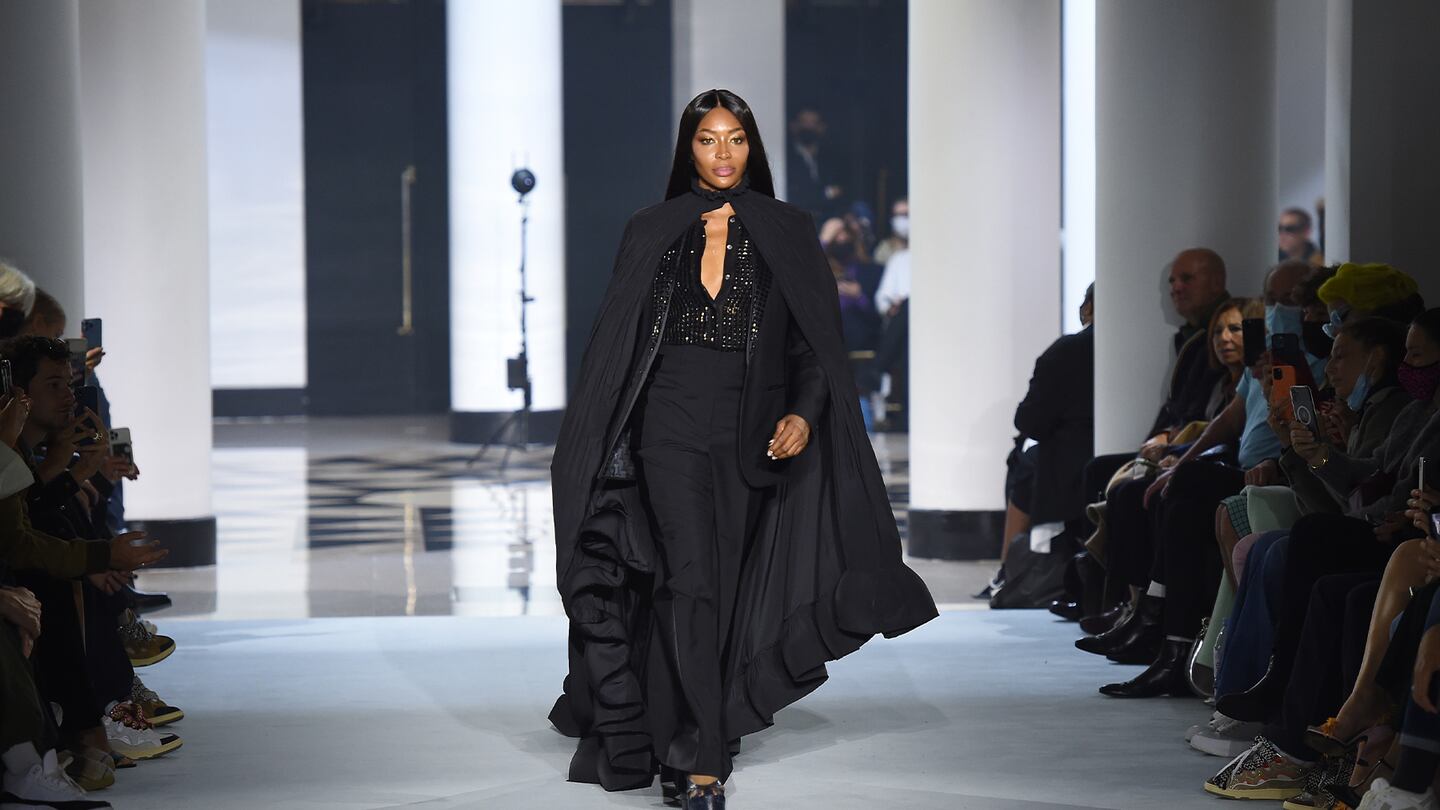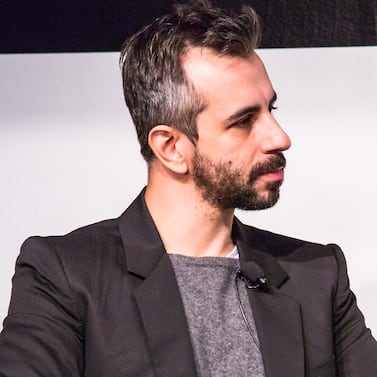
The Business of Fashion
Agenda-setting intelligence, analysis and advice for the global fashion community.

Agenda-setting intelligence, analysis and advice for the global fashion community.

Shanghai-based Lanvin Group began public trading in a ceremony at the New York Stock Exchange Thursday.
The company, owned by China’s Fosun International, is hoping to draw luxury investors seeking exposure to its portfolio of high-end brands, which include Italian shoemaker Sergio Rossi and tailoring house Caruso, American knitwear brand St. John and Austrian tights specialist Wolford, as well as its Parisian namesake. It has returned to top-line growth and is on track to be profitable by 2024.
The group, which went public via a SPAC deal, raised $150 million in the listing, valuing it at $1.31 billion. In October it cut its equity value back to $1 billion from a previous figure of $1.25 billion, citing the decline in the euro and lower trading multiples for other luxury companies. With the proceeds, it plans to continue investing in its current brands, building out its retail store network and digital channels and expanding its presence in regions such as the US and China, where it is relatively underpenetrated.
But the group faces challenges ahead. Economic pressures like inflation and rising interest rates have begun to weigh on the luxury sector, which had been more resilient than other parts of the market.
ADVERTISEMENT
It’s also playing in a field dominated by giants. The company’s annual revenues are expected to reach €400 million ($424 million) this year, compared to the billions brought in by larger rivals like LVMH and Kering.
“Competitive dynamics favor scale and megabrands in a luxury market of accelerating speed and complexity,” wrote Bernstein analyst Luca Solca in a research note ahead of the IPO. “Lanvin Group owns 5 different brands and yet none of them stands out in terms of sales, customer awareness or desirability.”
Joann Cheng, Lanvin Group’s chief executive, said the group’s size gives it ample room to grow, while the luxury market, even if challenged in the near term, has historically been resilient.
“Being a relatively early stage, relatively small-size fashion group, we still have a lot of low-hanging fruit,” Cheng said. “It gives us great potential because the brand equity is huge.”
The Shanghai-based company has been busily seeking a turnaround at its portfolio of brands including Lanvin, Wolford, and Sergio Rossi ahead of a planned New York IPO. Amid market turmoil, can the group still achieve a bumper exit?
The owner of Lanvin, Sergio Rossi and other brands is the first fashion company to list on a US exchange in a year. But the tough economy and investor skepticism about money-losing start-ups is likely to keep others from following suit.

Marc Bain is Technology Correspondent at The Business of Fashion. He is based in New York and drives BoF’s coverage of technology and innovation, from start-ups to Big Tech.
This week, more luxury brands will report first-quarter results, offering clues as to how broad and how deep the downturn is going to get.
Fashion brands are edging in on the world’s largest gathering of design professionals and their wealthy clients, but design companies still dominate the sector, which is ripe for further consolidation, reports Imran Amed.
Blocking the deal would set a new precedent for fashion M&A in the US and leave Capri Holdings in a precarious position as it attempts to turn around its Michael Kors brand.
After preserving his fashion empire’s independence for decades, the 89 year-old designer is taking a more open stance to M&A.